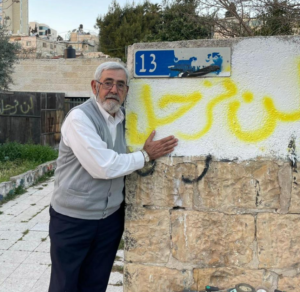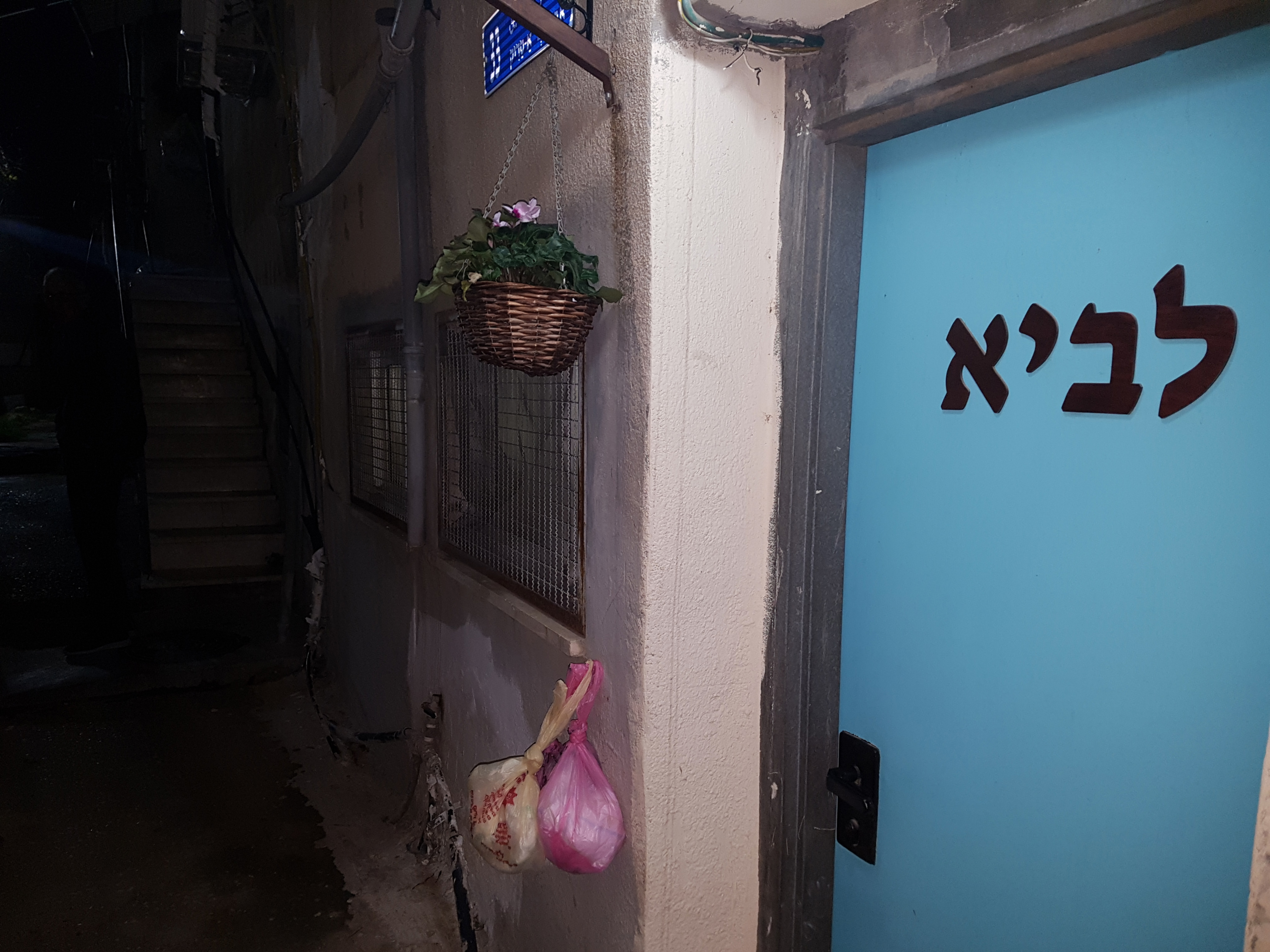Some 28 families were selected and provided with housing units, built by the Jordanian government, for three years, after which the ownership of the property will be automatically theirs. The lease contracts expired in 1959 and the residents became the owners of the property.
‘Their dogs attack us, their trash floods the entrance, they have killed the trees and turned the house into ruins’
– Nabil al-Kurd, resident
However, after the occupation of Jerusalem in 1967, with the eastern part of the city coming under Israeli control, the inhabitants of Sheikh Jarrah district were taken by surprise when two Jewish committees registered their ownership of the 18-dunums of land at the Land Department in 1972.
Thereafter, dozens of judicial cases were raised in Israeli courts, as the 28 nuclear Palestinian families expanded and the number of residents facing eviction in favour of settlers rose to around 600 Palestinians.
In 2019, lawyer Sami Ershied told MEE that Sheikh Jarrah eviction cases are discriminatory because the legal procedures do not take into account that East Jerusalem is an occupied territory.
Under international law, an occupying state cannot forcibly transfer residents of occupied territories because it has an obligation to preserve the demographic composition of the inhabitants.
Another point of contention has been claims made by religious Israelis that a sacred shrine belonging to Shimeon al-Siddiq (founder of the Israelite Tribe of Simeon) is located in the heart of the Karm al-Jaouni district.
Palestinian residents refute this claim, asserting that the shrine is Islamic, and known as the saint Saad al-Din Hijazi, who was buried there 400 years ago, and that “Ottoman maps” prove their narrative.


